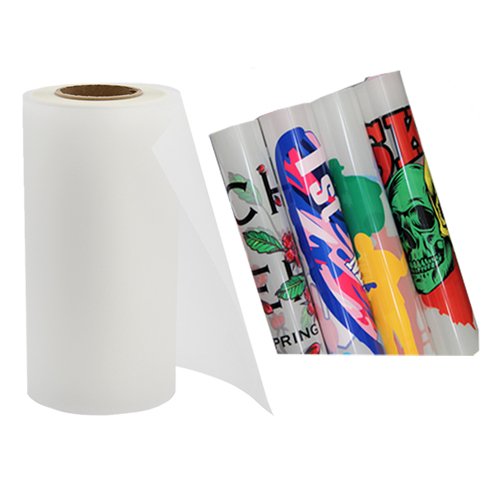Here’s how DTF film is typically used in the DTF printing process:
- Design Creation: You create or obtain the design you want to print digitally using graphic design software.
- Printing: The design is printed onto a special type of film known as DTF film using a DTF printer. DTF printers use UV-curable inks to create a detailed and durable print on the film.
- DTF Powder Application: After printing the design onto the DTF film, DTF powder is applied to the printed ink on the film. This powder is crucial in absorbing excess ink and enhancing the adhesion of the design to the fabric.
- Heat Transfer: The DTF film with the printed design and DTF powder is placed onto the fabric. The entire assembly is subjected to heat, causing the ink to transfer from the DTF film to the fabric. The DTF powder helps in facilitating the adhesion of the ink to the fabric during this transfer process.
- Curing: After the design has been successfully transferred to the fabric, it is typically cured or fixed using heat. This step ensures that the ink bonds permanently to the textile, making it washable and durable.
DTF film comes in various sizes and may have different coatings and properties designed to work effectively with specific DTF printers and ink types. The choice of DTF film can impact the quality and durability of the final print, so it’s important to select the right type of film that is compatible with your equipment and ink.
DTF printing has gained popularity in the textile and apparel industry for its ability to produce high-quality, full-color prints on various fabrics, including cotton, polyester, and blends. However, successful DTF printing requires the right equipment, including a DTF printer, DTF film, DTF powder, and a heat press or curing machine, as well as expertise in the printing process to achieve the best results.
 DTF Items
DTF Items Epson Items
Epson Items Frame Items
Frame Items Large Format Items
Large Format Items













Reviews
There are no reviews yet.